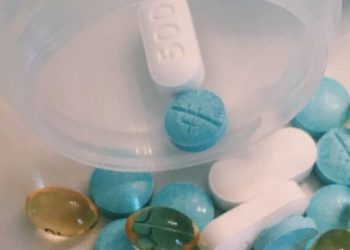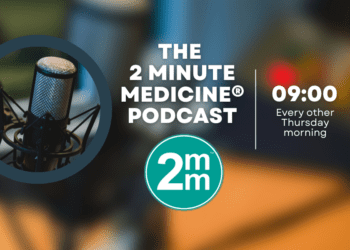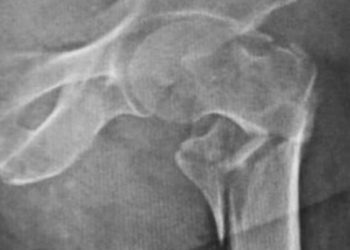Buprenorphine implants more likely than sublingual delivery to prevent opioid relapse
1. Patients using sublingual buprenorphine without previous relapse were more likely to remain relapse free if administered subdermal buprenorphine implants, compared to those who continued sublingual delivery.
2. Intensity of opioid craving and rates of adverse effects were similar between groups.
Evidence Rating Level: 1 (Excellent)
Study Rundown: Opioid abuse remains a significant medical and public health issue. While combined medical treatment and counseling reduces the rates of relapse, adherence to medication therapy is crucial for success. Therefore, methods to increase adherence are likely to increase the rate of positive outcomes. In this double-blind, multisite, randomized, controlled trial, patients who were relapse free for 24 weeks using sublingual buprenorphine were administered either subdermal buprenorphine (treatment group) or continued sublingual buprenorphine (control group) and followed for 6 months. There were significantly more patients in the treatment group remaining relapse free after 6 month compared to controls. Additionally, buprenorphine implants were found to be superior to sublingual buprenorphine on certain measures of adherence, and similar on many others, even after extensive sensitivity analyses. There was no difference between groups in terms of serious adverse events nor intensity of opioid cravings.
It’s important to state that this trial was conducted with participants that had already showed prolonged abstinence with sublingual buprenorphine, which resulted in relatively low relapse rates overall when compared to other studies. Therefore, it’s possible that subdermal buprenorphine implants may be even more effective in a general population. Still, this trial was not sufficiently powered to determine if there were definitively similar rates of adverse effects, and more studies will be needed to confirm this finding.
Click to read the study, published today in JAMA
Relevant Reading: Buprenorphine implants for treatment of opioid dependence: a randomized controlled trial
In-Depth [randomized controlled trial]: A total of 177 participants taking sublingual buprenorphine with at least 24 weeks of abstinence from opioids were recruited to this multisite, double blind, randomized, controlled trial. Patients were randomly assigned to receive either subdermal buprenorphine implants and placebo sublingual medication (treatment group) or placebo subdermal implants and sublingual buprenorphine (control group) and followed for 6 months to determine the rates of relapse. With 93% of patients in both groups completing the trial, a total of 87.7% of the control group and 96.4% of the treatment group remained free from opioid use for at least 4 of the 6 months. This difference achieved statistical significance for both non-inferiority (p < 0.001) and superiority (p = 0.03) of the subdermal buprenorphine implants. Multiple sensitivity analyses confirmed non-inferiority of treatment. At 6 months, the treatment group showed higher cumulative abstinence rates than controls (85.7% vs 71.9%; HR 13.8, p = 0.03) with a number-needed-to-treat of 7.25. There was no significant differences between intensity of cravings or withdrawal measures using self-reported measures, the Subjective Opioid Withdrawal Scale (SOWS), and Clinical Opioid Withdrawal Scales (COWS). Three patients on sublingual buprenorphine experienced serious adverse events (biliary colic, chronic cholecystitis, bronchitis) as well as three patients on buprenorphine implants (convulsions, worsening Bipolar I Disease, muscle spasms).
Image: PD
©2016 2 Minute Medicine, Inc. All rights reserved. No works may be reproduced without expressed written consent from 2 Minute Medicine, Inc. Inquire about licensing here. No article should be construed as medical advice and is not intended as such by the authors or by 2 Minute Medicine, Inc.







